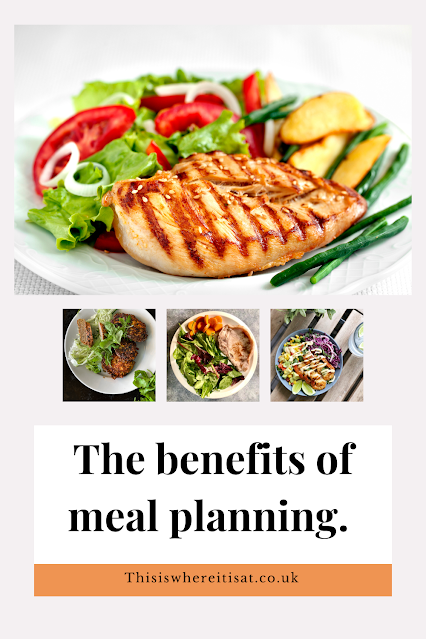Hey readers,
In our fast-paced and demanding world, finding balance and fulfilment in our lives has become essential.
A fulfilling lifestyle is not about perfection or achieving a specific set of goals; it's about creating harmony, making conscious choices, and prioritizing what truly matters to us.
1. Define Your Priorities.
To live a fulfilling lifestyle, it's crucial to identify and prioritize what truly matters to you.
Reflect on your values, passions, and long-term aspirations. What brings you joy and fulfilment?
Is it your relationships, career, personal growth, or health?
Understanding your priorities will guide your decision-making process and help you allocate your time and energy more effectively.
2. Foster Healthy Habits.
Taking care of your physical and mental well-being is a cornerstone of a fulfilling lifestyle.
Cultivate healthy habits that support your overall well-being, such as regular exercise, nutritious eating, quality sleep, and stress management techniques like meditation or journaling.
Prioritize self-care activities that rejuvenate and recharge you, allowing you to show up fully in all areas of your life.
3. Cultivate Meaningful Relationships.
Nurturing meaningful connections with others is vital for a fulfilling lifestyle. Surround yourself with positive, supportive individuals who inspire and uplift you.
Invest time and effort in building and maintaining relationships with family, friends, and your community.
Engage in deep conversations, practice active listening, and create opportunities for quality time together.
Meaningful relationships provide a sense of belonging and contribute to our overall happiness and well-being.
4. Pursue Personal Growth.
Continual personal growth and learning contribute significantly to a fulfilling lifestyle.
Set goals that challenge you, whether they are related to your career, hobbies, or personal development.
Seek out opportunities for learning, such as workshops, courses, or reading books on topics that interest you.
Embrace new experiences and step outside of your comfort zone.
By investing in your personal growth, you cultivate a sense of fulfilment and unlock your potential.
5. Find Work-Life Balance.
Achieving a healthy work-life balance is crucial for overall well-being and fulfilment.
Set boundaries around your work hours and create dedicated time for leisure, relaxation, and activities you enjoy.
Disconnect from technology when needed to avoid constant distractions and allow yourself to be fully present in your personal life.
Remember that work is a part of your life, but it shouldn't overshadow other important aspects, such as relationships, hobbies, and self-care.
6. Practice Mindfulness.
Incorporating mindfulness into your daily life can greatly enhance your overall well-being and fulfilment.
Mindfulness involves being fully present in the moment, cultivating awareness, and embracing each experience with an open mind.
Practice mindfulness through meditation, deep breathing exercises, or simply by paying attention to your surroundings and engaging in activities with intention and focus.
By practising mindfulness, you can reduce stress, enhance your relationships, and savour the richness of each moment.
A fulfilling lifestyle is a delicate balance of aligning your choices and actions with your values and aspirations.
By defining your priorities, fostering healthy habits, cultivating meaningful relationships, pursuing personal growth, finding work-life balance.
pr
Practising mindfulness, you can create a lifestyle that brings you joy, fulfilment, and a sense of purpose.
Cheers for reading X

















